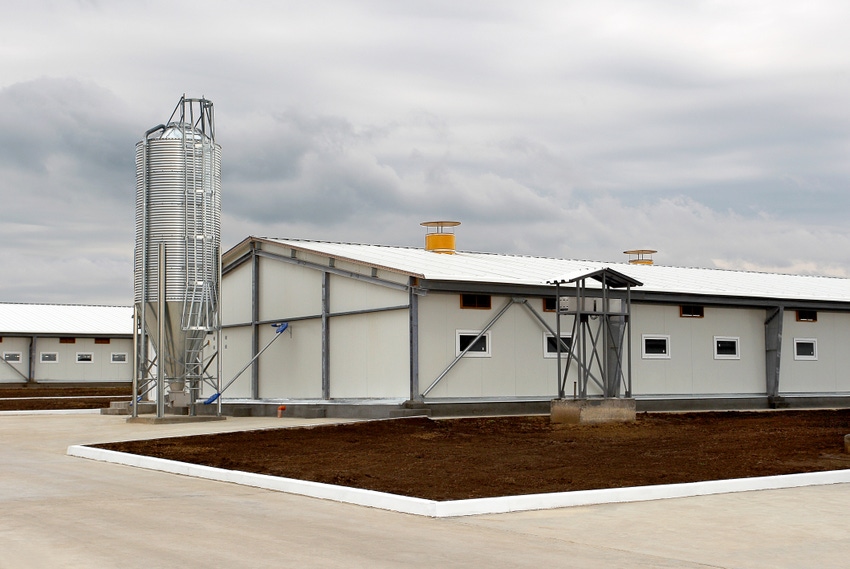Cold plasma technology may reduce viruses, foodborne pathogens
Plasma generation unit may enhance air filtration systems in preventing aerosol spread of PRRS and other viruses.
December 14, 2018

University of Minnesota researchers are pursuing the use of cold plasma for decontaminating food and food processing surfaces, and the technology could have implications not only for reducing porcine reproductive and respiratory syndrome (PRRS) but also for the control of foodborne illness outbreaks, the university recently announced.
The U.S. Department of Agriculture is supporting Sagar Goyal, a professor in the College of Veterinary Medicine's department of veterinary population medicine, and Peter Bruggeman, professor of mechanical engineering in the College of Science & Engineering and their team of researchers in pursuing the use of cold atmospheric gaseous plasma technology for decontaminating food and food processing surfaces.
Plasma is a cocktail of photons, ions, free radicals, molecules and atoms — many highly reactive, which allows for many applications, including decontamination, the announcement said.
Plasma sources can be engineered to produce plasma at close to room temperature — often referred to as cold plasma — enabling the treatment of highly heat-sensitive surfaces, such as some foods, the researchers said.
“Food works as a vehicle to transfer viruses from a contaminated person to the consumers, especially foods that are not exposed to heat,” said Hamada Aboubakr, a postdoctoral associate working on the project. “That’s why the team is looking for a technology using cold plasma: It can decontaminate berries or leafy greens without a need for cooking and boiling.”
So far, the team is seeing success in the lab, the university said.
According to Goyal, the laboratory results look extremely promising. “If a surface is contaminated with viruses or bacteria, we can kill them,” he said. “If food is contaminated — as early as during harvest by food handlers — our goal is to use cold plasma to kill the contaminants.”
So, how might the average restaurant afford the cold plasma technology? Ankit Moldgy, a graduate student in the department of mechanical engineering working on the project, is looking to develop a mechanism for effectively and safely delivering the plasma-produced active agents to its targeted bacteria and viruses while also making the process cost effective.
Resolving one of the swine industry’s biggest challenges — PRRS — would have a tremendous impact on the food industry and swine producers across the country.
“Swine farmers are already using air filtration systems to mitigate disease, but these are not foolproof, so if we can combine them with cold plasma, it would be helpful in getting rid of any disease affecting swine that can be transferred by air,” Goyal said.
“Even though producers have invested in their filtration, they are always looking for more cost-effective strategies to protect their farms from airborne diseases,” added Montserrat Torremorell, associate professor in the College of Veterinary Medicine's Swine Program. “This could be technology to help achieve that.”
Gaurav Nayak, a doctoral student in the department of mechanical engineering, is using the framework of his Kermit & Ione Ebeltoft Interdisciplinary Doctoral Fellowship under his advisor Bruggeman and mentors Goyal and Torremorell to investigate ways to integrate the plasma generation unit into air filtration systems, the university said. Torremorell plans to help assess the efficacy of a prototype.
According to the researchers, the multidisciplinary team’s cold plasma research is closing in on many possible applications of this new technology. The possibility of resolving PRRS could have an outstanding impact on both the food industry and swine producers across the country.
You May Also Like


.png?width=300&auto=webp&quality=80&disable=upscale)
